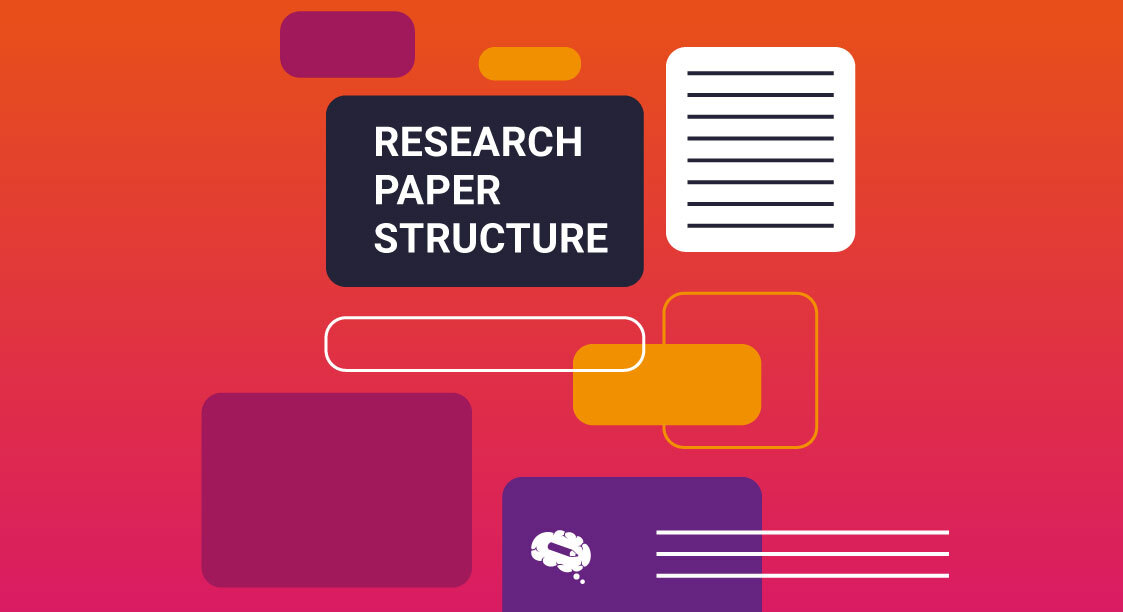Understanding the importance of coherence and cohesion in writing is fundamental, as these principles significantly impact how well your message is conveyed to the reader. These concepts empower you to create clear, logical, and organized content.
When your writing lacks coherence, it may appear disjointed, confusing, and challenging for the reader to follow. On the other hand, without cohesion, your ideas may seem scattered and unrelated. Mastering these aspects not only enhances the overall quality of your writing but also ensures your audience can easily grasp and appreciate the information you’re presenting.
In this article, you will gain an in-depth understanding of these essential elements. The exploration begins with a clear definition of coherence and cohesion, followed by an examination of their intricate relationship.
Definition Of Coherence
Coherence is a fundamental aspect of effective communication through written language. It encompasses the logical and orderly arrangement of ideas, details, and arguments within a text, ensuring that they connect seamlessly to convey a clear and unified message. Coherent writing allows readers to follow the author’s thought process without confusion or disruption.
This connection of ideas is achieved through the strategic use of organization, structure, transitional elements, and logical progression. In essence, coherence is the glue that binds individual sentences, paragraphs, and sections into a cohesive and comprehensible whole, making it an indispensable element for conveying information, presenting arguments, and telling compelling stories in written form.
Definition Of Cohesion
Cohesion refers to the quality of a written text that makes it clear, organized, and logically connected. It is achieved through various linguistic devices such as transitional words, pronoun references, repetition, and logical sequencing.
Cohesion ensures that the ideas within a text flow smoothly and are linked together, making the text easier to understand and follow. In essence, cohesion contributes to the overall coherence of a written piece, ensuring that it is cohesive and well-structured.
Relationship Between Coherence And Cohesion
The relationship between coherence and cohesion in writing is a close and interdependent one. Coherence and cohesion work together to create well-structured and easily understandable texts.
Coherence primarily deals with the overall clarity and logical flow of ideas in a piece of writing. It involves the organization of content in a way that makes sense to the reader. Coherent writing maintains a clear and consistent focus on the topic, using logical transitions between sentences and paragraphs.
On the other hand, cohesion focuses on the specific linguistic devices and techniques used to connect different parts of a text. These devices include transitional words (e.g., “therefore,” “however”), pronoun references (e.g., “it,” “they”), repetition of key terms, and logical sequencing of ideas. Cohesion ensures that the sentences within a text are linked together smoothly, enhancing the readability and comprehension of the content.
In essence, cohesion serves as a tool to achieve coherence. When a writer effectively employs cohesive elements in their writing, it enhances the overall coherence of the text. Without cohesion, even well-structured ideas may appear disjointed or confusing to the reader. Therefore, coherence and cohesion are complementary aspects of effective writing, working hand in hand to convey ideas clearly and persuasively.
Types Of Cohesion
Cohesion plays a vital role in the coherence and flow of your writing. In this section, we will explore different types of cohesion, each contributing to the overall clarity and structure of your text.
Grammatical Cohesion
Grammatical cohesion focuses on the grammatical and structural elements within a text that contribute to its coherence. It involves using linguistic devices, like pronouns and sentence structure, to create clear relationships between ideas and sentences. This type of cohesion ensures smooth writing flow and aids readers in understanding connections between different parts of your text.
For instance, pronouns like “it,” “they,” and “this” refer back to previously mentioned nouns, preventing repetition. Sentence structure, including parallelism and transitional words, also plays a crucial role in achieving grammatical cohesion. It ensures consistent presentation of similar ideas and guides readers through your writing.
Reiterative Cohesion
Reiterative cohesion involves the repetition of words, phrases, or ideas within a text to reinforce key concepts and enhance clarity. This type of cohesion is particularly useful when you want to emphasize specific points or themes throughout your writing.
By restating essential elements, you create a sense of continuity and remind readers of the central message. However, it’s crucial to use reiteration judiciously to avoid redundancy and monotony.
Lexical/Semantic/Logical Cohesion
Lexical, semantic, or logical cohesion ensures meaningful connections in your text. Writers use techniques like synonyms, antonyms, and precise vocabulary to clarify complex ideas. It also maintains consistency in word meanings and logical progression, enhancing clarity and engagement.
Referential Cohesion
Referential cohesion involves linking ideas and information within a text. It’s achieved by using pronouns, demonstratives, or repetition to connect concepts. This cohesion helps readers follow the flow of the text and understand the relationships between different parts of the content.
Textual Or Interpersonal Cohesion
Textual or interpersonal cohesion focuses on how language is used to engage and communicate with the reader. It involves strategies such as addressing the reader directly, using inclusive language, and creating a sense of connection. This type of cohesion aims to make the text more relatable and interactive, enhancing the reader’s overall experience.
Tips For Using Coherence And Cohesion In Writing
When it comes to effective writing, coherence, and cohesion play a pivotal role in shaping the clarity and flow of your text. In this section, we’ll delve into practical tips for harnessing these vital elements to create well-structured and engaging content.
Develop Topic Sentences And Themes
Effective writing hinges on clear topic sentences and well-defined themes. These elements act as your text’s structural framework, ensuring both you and your readers follow a logical path through your content.
- Identify Core Ideas: Before you begin writing, pinpoint the central concepts or themes you want to convey. These serve as the core messages or arguments you’ll explore.
- Craft Concise Topic Sentences: Start each paragraph with a concise topic sentence that introduces its main idea. Think of these sentences as guideposts, signaling what’s ahead and providing clarity.
- Establish a Strong Base: Topic sentences and themes set your text’s direction and purpose. Without them, your writing can seem disjointed and confusing.
- Map Out Content: Effective topic sentences not only introduce a paragraph’s main point but also outline the supporting details. They create a roadmap, making your content structure clear.
- Improve Readability: Strong topic sentences and themes make your writing more accessible. They help readers grasp ideas quickly and navigate your text effortlessly, making your message compelling.
By integrating these techniques into your writing, you enhance your content’s coherence and cohesion, making it more engaging and persuasive. Crafting clear topic sentences and themes provides a foundation for your ideas to shine and resonate with your audience.
Make Connections Between Ideas And Sentences
Writing with coherence involves crafting a seamless path for your readers. This means ensuring that your ideas flow logically and cohesively from one to the next. To achieve this, use transition words and phrases like “however,” “therefore,” “in contrast,” and “moreover” to signal relationships between ideas.
Avoid abrupt shifts, as these can confuse readers and disrupt the flow. By making these connections, you not only maintain coherence but also enhance clarity and engagement, providing your audience with a richer and more enjoyable reading experience.
Utilize Transition Words To Enhance Understanding
Transition words are the glue that holds your writing together, creating a bridge between sentences and paragraphs. These words and phrases, such as “however,” “in addition,” “consequently,” and “for instance,” help guide readers through your text, making it easier for them to follow your line of thought.
When used effectively, transition words create a smooth and logical flow, enhancing the coherence of your writing. They clarify relationships between ideas, signal shifts in focus, and add depth to your arguments. By incorporating these linguistic tools into your writing, you not only boost comprehension but also elevate the overall quality of your work.
Use Repetition When Appropriate
Repetition in writing, when used judiciously, can be a powerful tool to reinforce key ideas, engage readers, and create memorable content. By repeating certain words, phrases, or concepts, you can emphasize their significance and drive your point home effectively.
However, the key is to use repetition purposefully and sparingly, ensuring that it aligns with your writing’s objectives. Whether it’s repeating a central theme, a thought-provoking question, or a striking metaphor, strategic repetition can enhance the cohesiveness and impact of your writing, leaving a lasting impression on your audience.
Checklist For Essay Coherence And Cohesiveness
When crafting an essay, ensuring that it has both coherence and cohesion is paramount to engage your audience and effectively convey your message. Follow this checklist to enhance the quality of your writing:
- Clear Thesis Statement: Begin with a concise and well-defined thesis statement that sets the tone for your essay.
- Logical Flow: Organize your ideas logically, ensuring each paragraph connects seamlessly to the next.
- Transitions: Use transitional words and phrases like “however,” “therefore,” and “in addition” to guide your reader through your essay.
- Topic Sentences: Start each paragraph with a clear topic sentence that previews the content to follow.
- Consistent Point of View: Maintain a consistent perspective (first, second, or third person) throughout your essay.
- Repetition with Purpose: Use repetition thoughtfully to reinforce key points or themes.
- Parallel Structure: Structure sentences and lists in a parallel format for clarity.
- Pronoun Clarity: Ensure pronouns have clear antecedents to avoid confusion.
- Sentence Variety: Vary your sentence structure for rhythm and engagement.
- Proofreading: Thoroughly proofread your essay for grammar, punctuation, and spelling errors.
By implementing these strategies, you can create essays that are not only coherent and cohesive but also compelling and impactful.
High Impact And Greater Visibility For Your Work
Mind the Graph can bring high impact and greater visibility to your work by transforming your research findings into engaging visuals that are easily understood and shared. This can help you reach a broader audience, foster collaboration, and ultimately enhance the recognition and influence of your scientific contributions.

Subscribe to our newsletter
Exclusive high quality content about effective visual
communication in science.





